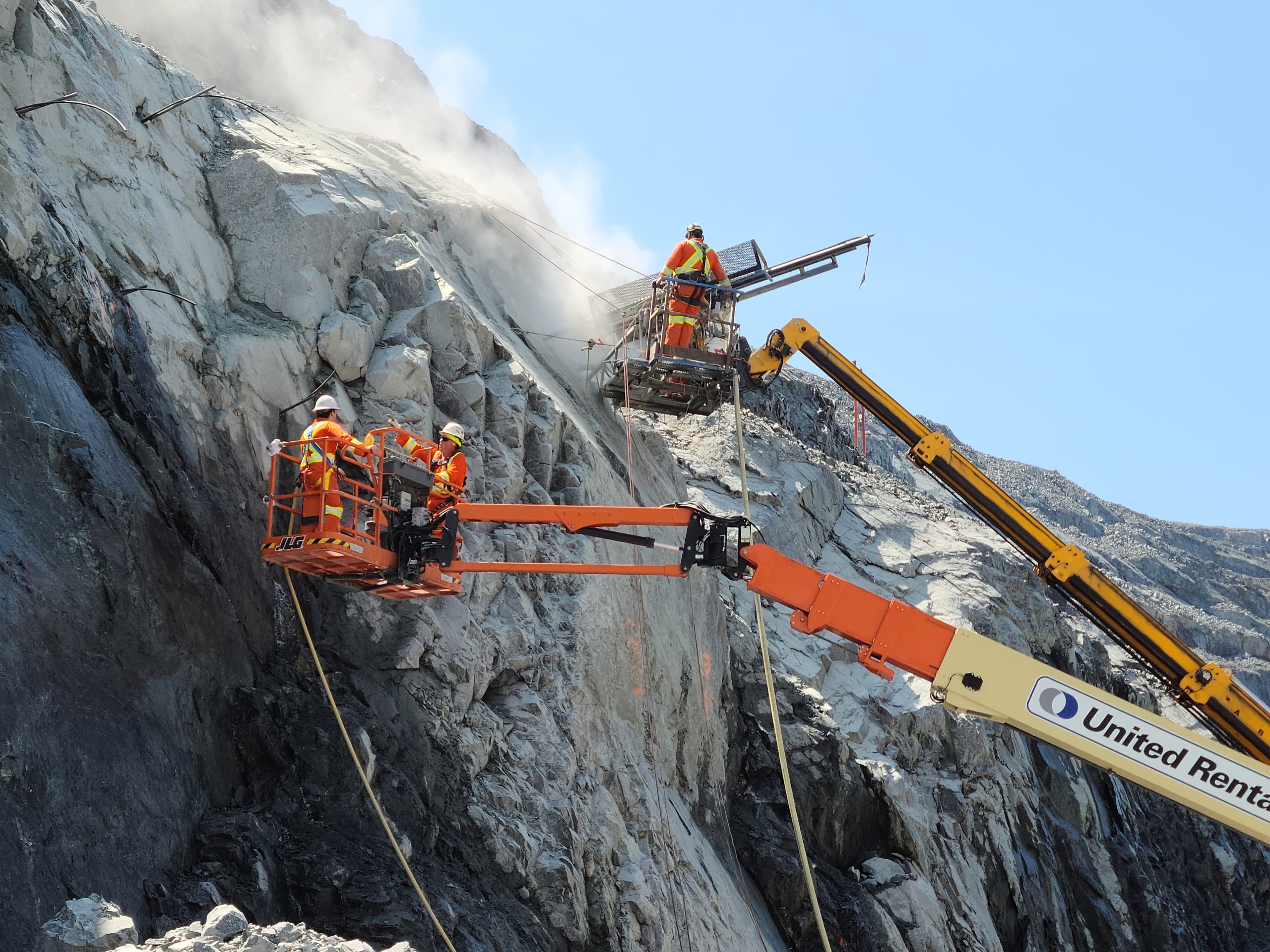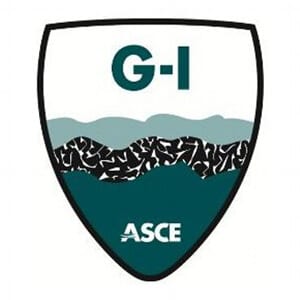Advantages of Launched Soil Nails
Advantages are immediate contribution to stability, high rate of production, low impact access and competitive costs. Tests confirm that the nail/soil bond is typically higher than nails installed with traditional drilling methods. Both ungalvanized and galvanized bar will survive for a very long time in most soil environments.
Research by the United States Forest Service, the Federal Highway Administration, and three state departments of transportation sponsored a 1992 demonstration project for the Soil Nail Launcher. Those agencies spent over $250,000 and concluded that this new tool was a faster and less expensive way to install soil nails in some situations. EM 7170-12A “Application Guide for Launched Soil Nails” contains some of their findings.
The second Strategic Highway Research Program (SHRP2) recently selected launched soil nailing as a technology that achieved their goals of providing: 1. Rapid renewal of transportation facilities; 2. Minimal disruption of traffic; and 3. Production of long-lived facilities. Their most recent work, titled “Geotechnical Solutions for Soil Improvement, Rapid Embankment Construction, and Stabilization of the Pavement Working Platform” was sponsored by the Federal Highway Administration in cooperation with the American Association of State Highway and Transportation Officials (AASHTO), and was administered by the Transportation Research Board of The National Academies. Read more about the study at geotechtools.org.
Advantages are immediate contribution to stability, high rate of production, low impact access and competitive costs. Tests confirm that the nail/soil bond is typically higher than nails installed with traditional drilling methods. Both ungalvanized and galvanized bar will survive for a very long time in most soil environments.
































